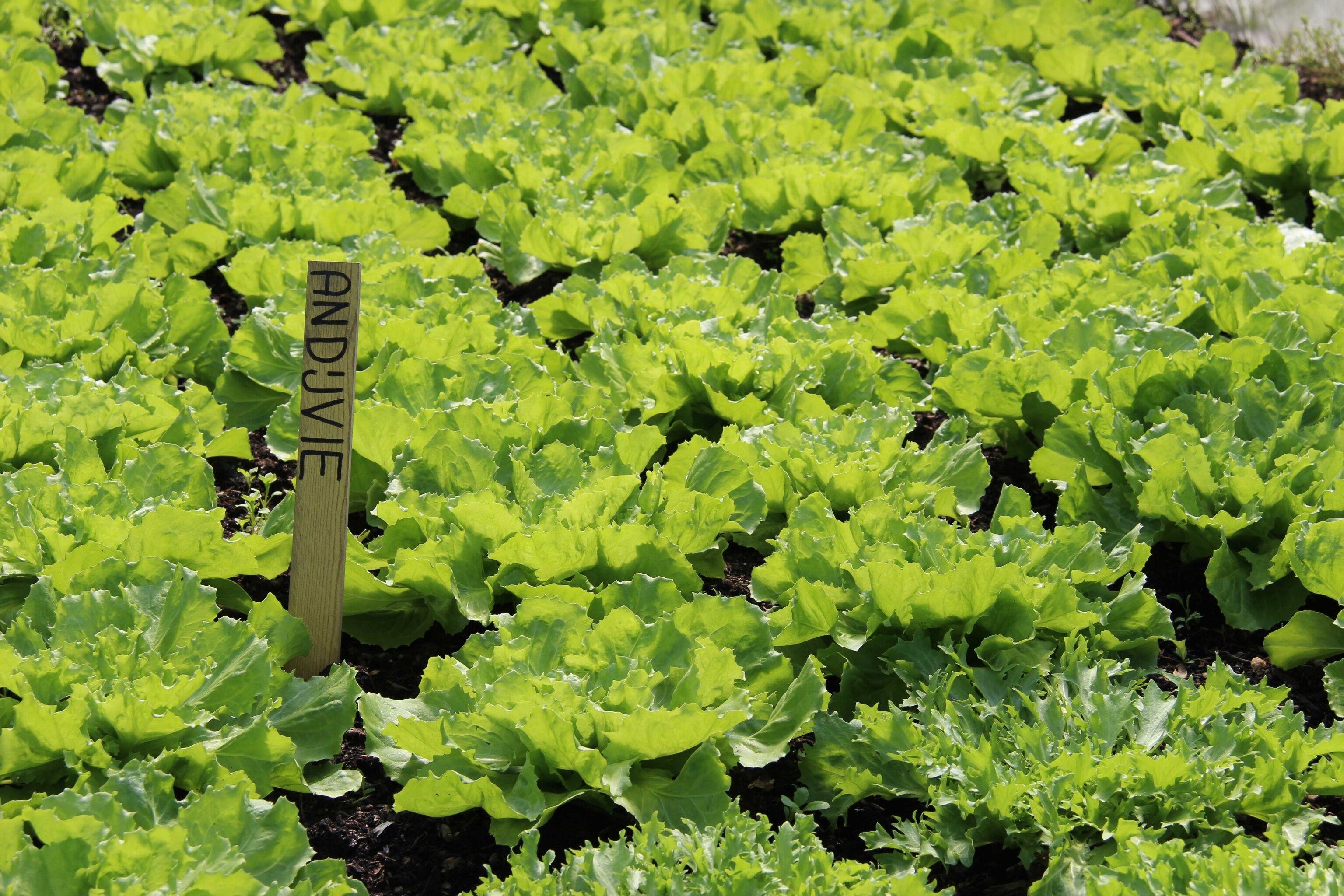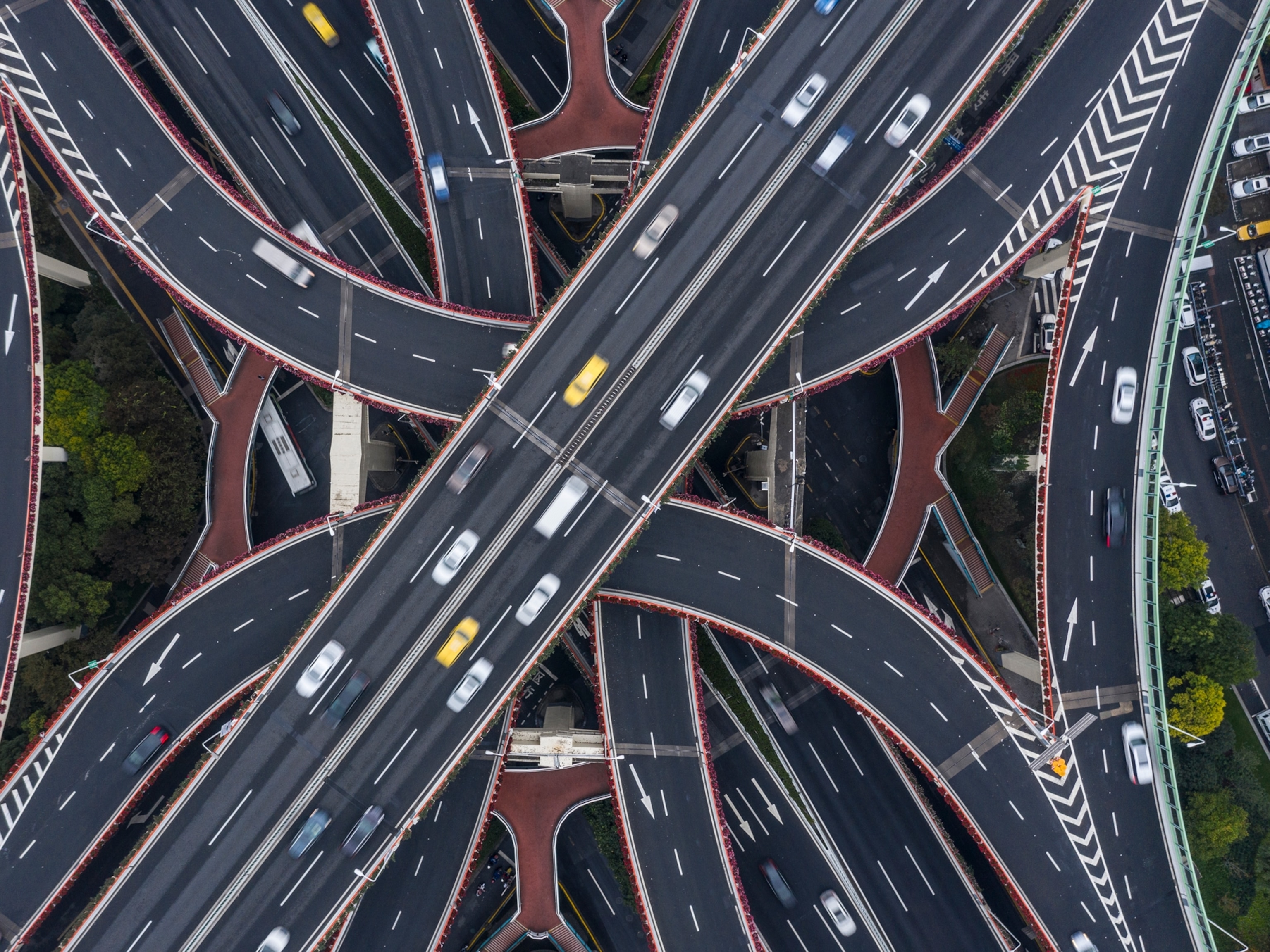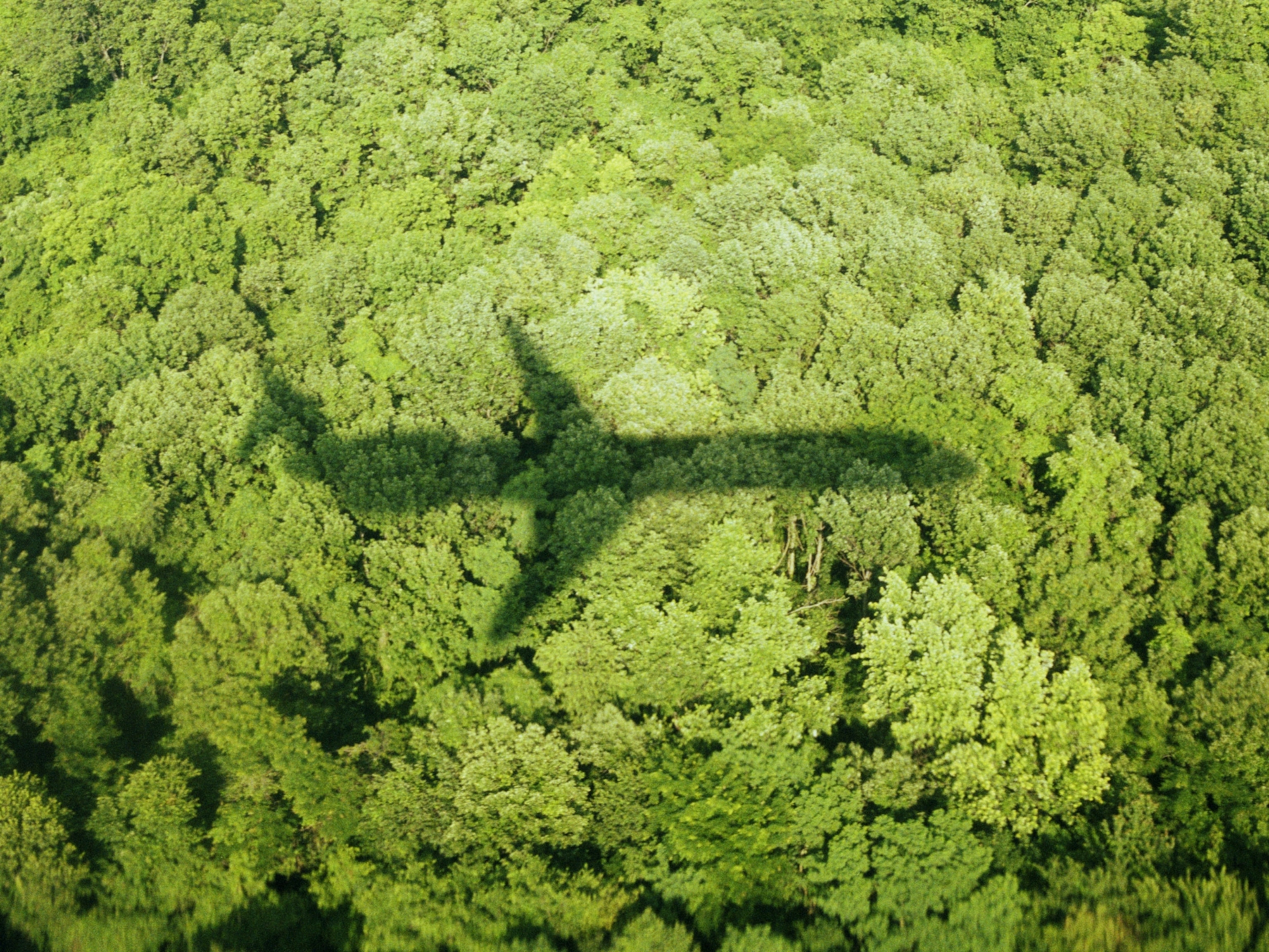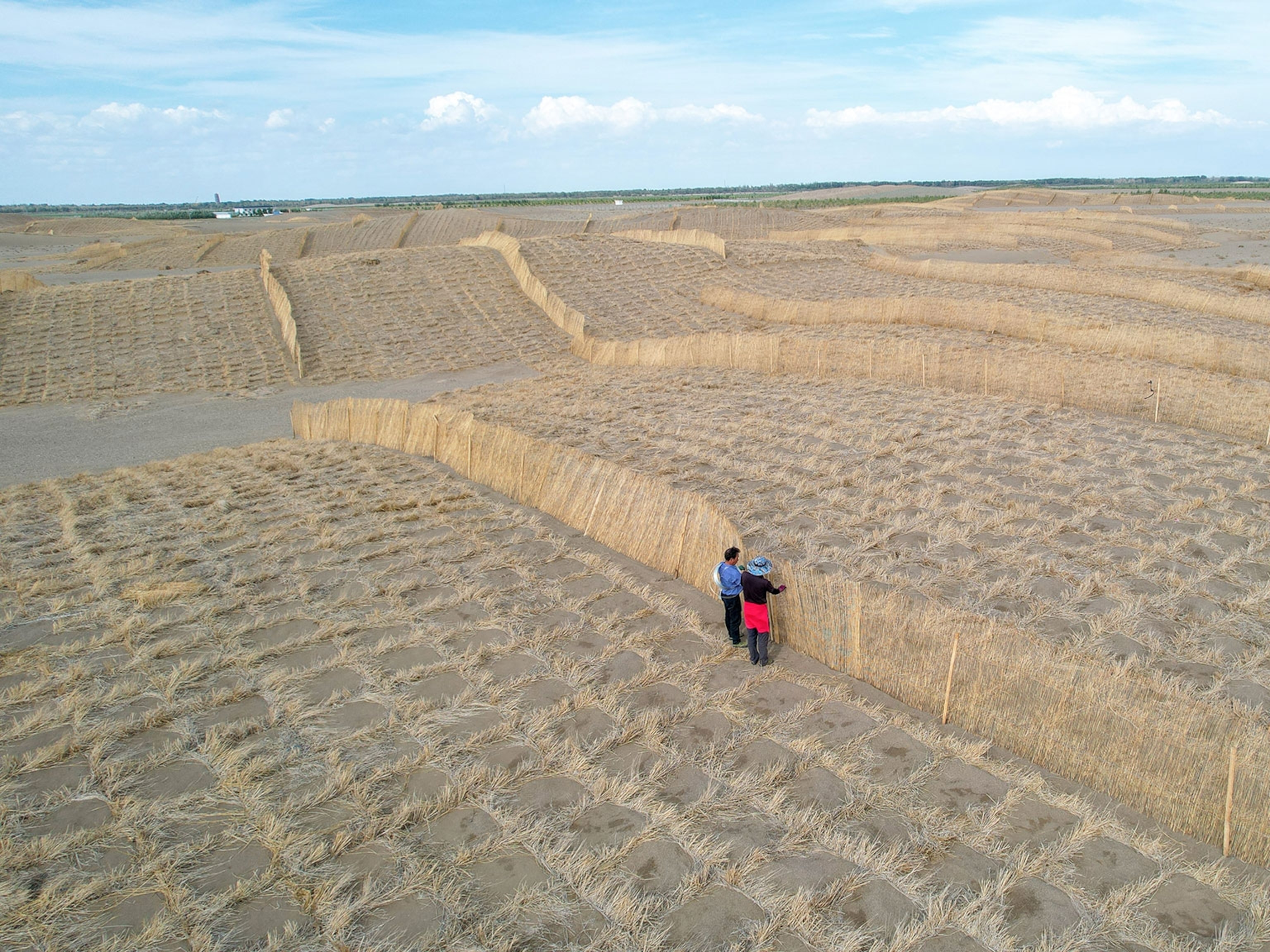The many lives of coffee capsules
Nespresso has been striving to ensure a more sustainable coffee ecosystem, through its global recycling program for its capsules.

For Nespresso, delivering a consistently perfect cup of coffee meant creating an equally reliable, portion-controlled capsule system for people at home. Each one needed a casing that was protective, durable, and airtight enough to ensure that the coffee inside stayed as fresh as when it was ground. Aluminum is a material that met the challenge because it allows every capsule to be hermetically sealed, locking in that coffee aroma.
Aluminum’s low density, light weight and malleability make it one of the most useful metals in industry today. Everything from foil, to window frames to aircraft fuselages can now be crafted from the versatile alloy, and the fact that it’s easily cast, cut, and resistant to corrosion make it ideal food packaging. Extracting it from its oxide form is a costly process though, as smelting requires the aluminum and oxygen atoms to be separated using a powerful electric current. It’s a process so energy intensive that new aluminum is jokingly referred to as congealed electricity.
Each metric ton of fresh aluminum uses roughly the same amount of electricity to produce as the average US home consumes in a year—recycling it instead uses just 5% of the power. And the fact that aluminum is infinitely recyclable makes reusing existing material again and again an effective way of reducing the environmental impact of the products made of it. Indeed, a lot of aluminum is recycled today, but it could be done more efficiently in order to reach total sustainability. Part of the problem is down to inefficiencies found in recycling collection processes across the globe. In the UK for example, any items collected for recycling that don’t meet specific size criteria—regardless of the material they’re made from—are separated from the rest and either burned or buried in landfill sites.

Rising to this challenge, Nespresso created a global recycling program for its capsules. In 53 countries, they can be retrieved and sent to specialized processing plants via home-collection, mail-back services and drop-off points. In the plants, they are shredded before spent grounds are used for various green initiatives: soil generators in the UK, biofuel for buses in the Netherlands, and compost to grow rice for food banks in Spain, Italy and Portugal. In Switzerland, grounds are mixed with other organic material to make biogas, from which the electricity generated goes back into the Swiss grid. Even excess heat created as the mixture ferments is recovered and either re-used on site or diverted to a local Nestlé Waters factory. And, when the process is complete, the left-over matter is used as a natural fertilizer for agriculture. Regardless of what happens with the grounds though, the aluminum is always compressed, melted and sent off to begin its next life.
Nespresso has been building this scheme for over 25 years in an effort to make recycling its capsules more available to consumers. And since 2015, one of the ways the Company is encouraging people to take part is by partnering to create products made of the recycled aluminum.
Nespresso wanted the inaugural product to make an impact, and being a Swiss native itself, it was only fitting that the product be something iconic of the nation—a Victorinox Swiss Army knife with an aluminum exterior made from recycled capsules. Both companies shared the same values: namely the quality of Swiss design and the importance of sustainability.
Taking 19 months of product development and requiring 40 metric tons of melted aluminum to bring to life, the project was a big commitment, but it’s lead to a number of the public owning a tool that actively represents the infinite possibilities of recycled aluminum.

The success of the Swiss Army tool showed how an everyday, functional product could help keep the sustainability of capsules at the front of the public’s mind. A partnership with Caran d’Ache took this to the next level, as a pen made from recycled capsules could be a carried reminder that the little single-use coffee packages actually have many.
Recycling capsules properly is a vital step toward creating a completely circular Nespresso system. And, in demonstrating the versatile ways in which they can be reused, campaigns like Victorinox and Caran d’Ache are driving the demand to make recycling around the world more efficient.
The longer-term ambition for Nespresso is to work with national governments to enhance their systems to better cope with recycling smaller items. This is already the case in Sweden, Finland, France, Germany, and Austria where Nespresso capsules and other small items can be put straight into a standard recycling bin. Achieving this in other countries is an ongoing challenge though, as the changes needed require substantial investment into their recycling centers.
It is grassroots improvements in public recycling programs like these that will likely be a major step toward each nation’s contribution to sustaining the planet. Making that change a reality could simply be a case of broadcasting the importance of aluminum recycling and creating a demand for better ways of doing it.





